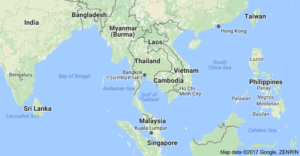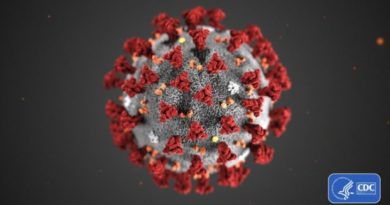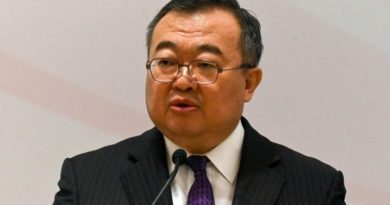ASEAN 2018-TECH: KUALA LUMPUR – PH assumes chairmanship of ASEAN’s nuclear program
The Philippines has been designated as this year’s chair of a cooperation program delving with the nuclear power ambitions of the Southeast Asian region.
Being the representative of the country, Philippine Energy Undersecretary Donato D. Marcos has been elected recently in Malaysia as chairman of the Nuclear Energy Cooperation Sub-Sector Network (NEC-SSN) under the auspices of the ASEAN Energy Cooperation.
Marcos explained that the strategic thrusts of the NEC-SSN shall include “building capabilities in policy, technology and regulatory aspects of nuclear energy as an option for the future in the ASEAN region.”
On capacity-building, that shall cover conduct of workshops, forum; site visits to nuclear power plants and institutions; and to engage the International Atomic Energy Agency (IAEA) on matters that could help the region in building up its nuclear power development goals.
Marcos further indicated that for the country taking on the leadership of the ASEAN nuclear cooperation framework, “the Philippines will lead the implementation of NEC-SSN’s work program for 2018-2019.”
It is worth noting that the Philippines is among the countries in the region keenly advancing its “nuclear renaissance” aspiration, not just with the planned re-powering of the mothballed Bataan Nuclear Power Plant (BNPP) but even with the deployment of new nuclear technologies, including the floating modular nuclear facilities that are ideal for off-grid areas.
The country is currently at its nuclear policy fine-tuning phase, and the next step as previously indicated by Energy Secretary Alfonso G. Cusi shall be to present the national roadmap to President Rodrigo Duterte.
Nevertheless, the Philippines still faces struggle not just on policy and regulatory formulations, but most specifically on scoring social acceptance of this often-feared technology in targeted host communities.
Within the ASEAN nuclear framework, peer-countries are expected to learn from each other’s experiences and even hurdles – as this region is still basically bereft of such asset in their respective energy mix.
Vietnam, for instance, initially cast plans of putting up a nuclear power facility, but as recently reported, it has been shelved for the time being.
For the Philippines, in particular, it still needs to win over major 19 hurdles on its targeted nuclear pathway – including having a national position, nuclear safety, management, funding and financing, legislative framework, safeguards, regulatory framework, radiation protection, electrical grid integration, human resources development, stakeholder involvement, site and supporting facilities, environmental protection, emergency planning, security and physical protection, nuclear fuel cycle, radioactive waste, industrial involvement and procurement.
The department has reiterated that while nuclear is still at study phase, the country somehow is getting headway as to opening its doors to nuclear power option – essentially equating it as a component of the country’s path to industrialization.
Nuclear energy has always been viewed as a long-term option for power generation, and should this be taken as an investment step, nuclear power can further diversify the country’s existing generation mix comprising of coal, natural gas, geothermal, hydropower, oil, wind, biomass and solar./ Manila Bullentin /Published By Myrna M. Velasco /

NOTE : All photographs, news, editorials, opinions, information, data, others have been taken from the Internet ..aseanews.net |









